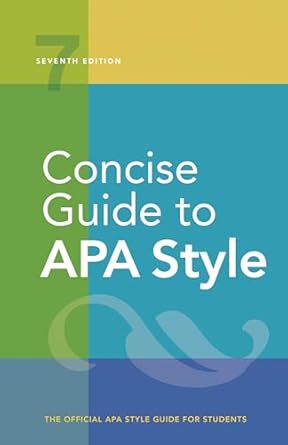[toc]
apa style guide punctuation dashes explained
Concise Guide to APA Style: 7th Edition (OFFICIAL)
Page 110 Review
Decoding APA Style: A Deep Dive into Punctuation and More
The world of academic writing often feels like navigating a complex labyrinth, especially when it comes to adhering to specific style guides.
Among these, the American Psychological Association (APA) style stands as a dominant force, particularly in the social sciences.
Let’s dissect a crucial segment of the APA guidelines, focusing on punctuation nuances, lists, and the oft-misunderstood dashes.
Ratios, Proportions, and the Colon’s Role
APA style provides clear directives on how to represent ratios and proportions.
As stated, “The proportion of salt to water was 1:8.” This concise notation leaves no room for ambiguity.
However, the guidelines also caution against using a colon in specific scenarios.
Specifically, “Do not use a colon…after an introduction that is not an independent clause or complete sentence.” Consider this example: “The formula is r, = a; + e.” Here, the colon’s absence maintains grammatical correctness.
Furthermore, when enumerating items, APA emphasizes clarity and conciseness. “Target behaviors included eating, sleeping, and socializing.” The use of a comma before the conjunction ‘and’ (the Oxford comma) is often debated, but APA style typically includes it for clarity.
In lists, especially those involving multiple actions, the guidelines provide structure. “The participants were asked to rank the 15 items, explain their choices, and close their notebooks when finished.” This consistent formatting ensures readability and avoids potential confusion.
The Enigmatic Dash: Em vs.
En
Dashes often pose a challenge, with many writers unsure of when to use which type.
APA style distinguishes between two primary forms: the em dash and the en dash.
The guidelines clearly state: “Two dash forms are used in APA Style: the em dash (long dash) and the en dash (midsized dash).
These dashes are different from hyphens (see Section 5.2) and minus signs (see Section 6.11).” This differentiation is crucial for precision in writing.
The Em Dash: Amplification and Digression
The em dash serves a specific purpose: to introduce an element that amplifies or digresses from the main clause.
As the guide explains, “Use an em dash to set off an element added to amplify or digress from the main clause.” However, moderation is key. “Overuse of the em dash weakens the flow of material, so use it carefully.” The style guide also mandates: “Do not insert a space before or after an em dash.” For instance, “Social adjustment—but not academic adjustment—was associated with extraversion.” The em dash here provides a contrasting element, enriching the sentence’s meaning.
The En Dash: Connections and Ranges
The en dash has distinct applications. “An en dash is longer and thinner than a hyphen but shorter than an em dash.” Its primary uses include connecting words of equal weight in compound adjectives and indicating numerical ranges.
The guidelines emphasize: “Use an en dash between words of equal weight in a compound adjective and to indicate a numerical range, such as a page or date range.
Do not insert a space before or after an en dash.” Examples include “author—date citation,” “Sydney-Los Angeles flight,” “pp. 4-7,” and “50%-60%.” These examples showcase the en dash’s role in creating succinct and precise connections.
Hyphens in Abbreviations: An Exception
While en dashes are generally preferred for ranges, an exception exists for abbreviations containing dashes. “A hyphen rather than an en dash is generally used in an abbreviation that contains dashes, such as the abbreviation for a test or scale (e.g., MMPI-2) or a diagnostic manual (DSM-5, ICD-11; see Section 5.13).” This consistency maintains clarity and prevents confusion when dealing with established abbreviations.
Conclusion
Mastering APA style’s punctuation rules, particularly the nuanced use of dashes, is essential for clear and effective academic writing.
Understanding the distinctions between em dashes, en dashes, and hyphens, as well as the correct usage of colons and lists, contributes significantly to the overall professionalism and credibility of scholarly work.
By adhering to these guidelines, writers can ensure their message is conveyed accurately and effectively, contributing to the advancement of knowledge in their respective fields.
Buy full ebook for only $18: https://www.lulu.com/shop/american-psychological-association/concise-guide-to-apa-style-7th-edition-official/ebook/product-rmzpq54.html?page=1&pageSize=4

